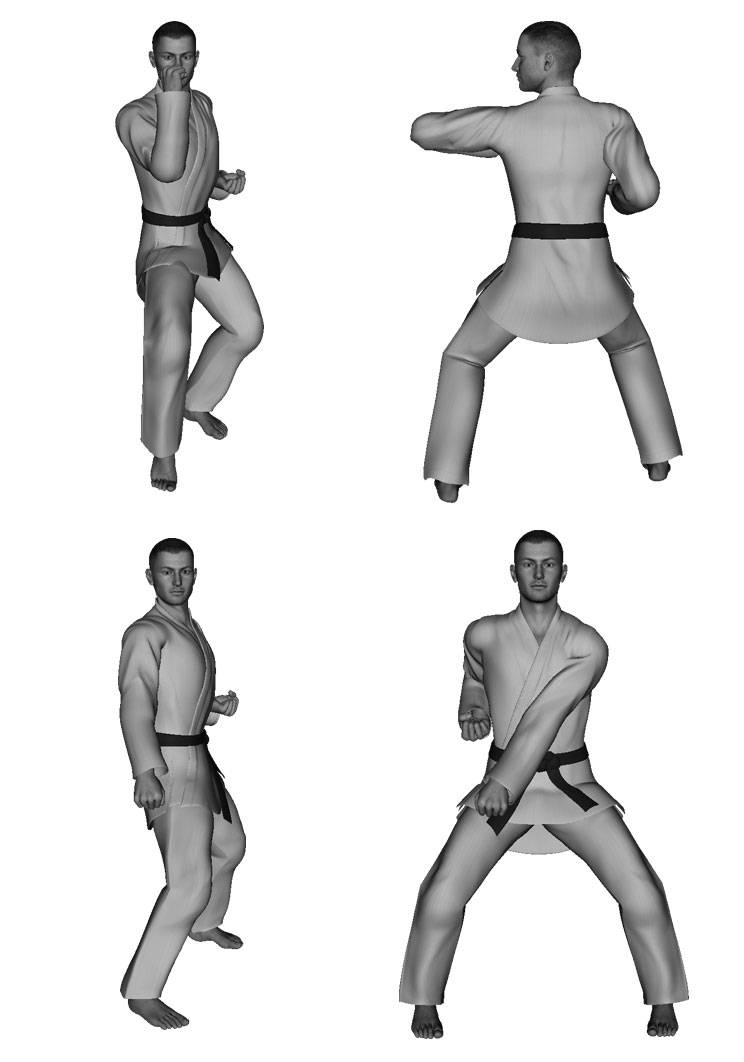
In order to properly analyze Long Form One, one must first become aware of all the basics that are employed in its execution. Since the first four forms (the one’s and the two’s) are considered the “dictionary” forms (i.e. they define motion), the emphasis on highlighting the basics is of greater significance than in the higher forms. In contrast, the higher forms (Short Form Three and above) tend to have more emphasis on theories and concepts over basics.
Also, by clarifying the utilized basics in Long Form One, one can begin to see how it contains and expands upon the basics of Short Form One. Glancing at the “Quick Reference of Basics” section, one can also see a high degree of uniformity and consistency throughout this form. But, this symmetry is not to the same degree as Short Form One. There are maneuvers in this form that do not have a matching counterpart (within this form). This fact opens one of the important concepts exposed in Long Form One: analysis of complimentary and categorical maneuvers and/or concepts across multiple forms. This concept shows that each form is not a self-contained entity, rather that it is a part of a whole - the American Kenpo system. And, each form has a purpose and meaning to the system.
The “Basics Utilized in Short Form One” section gives a more detailed analysis to each employed basic. This detail is provided to help in understanding the implementation and emphasis of each basic (by providing intent and method) and for remembering each step of the form (by providing direction, position, focus, and side). With this analysis, it should be fairly straightforward to re-assemble the correct execution of Long Form One.